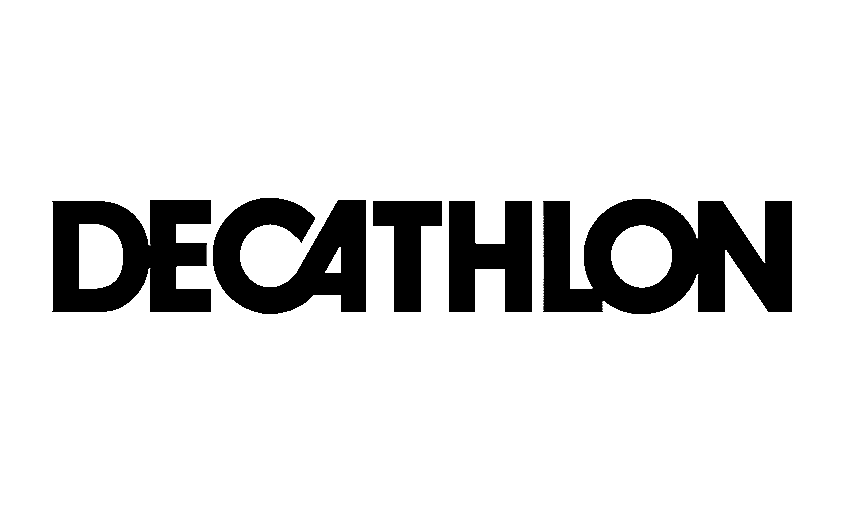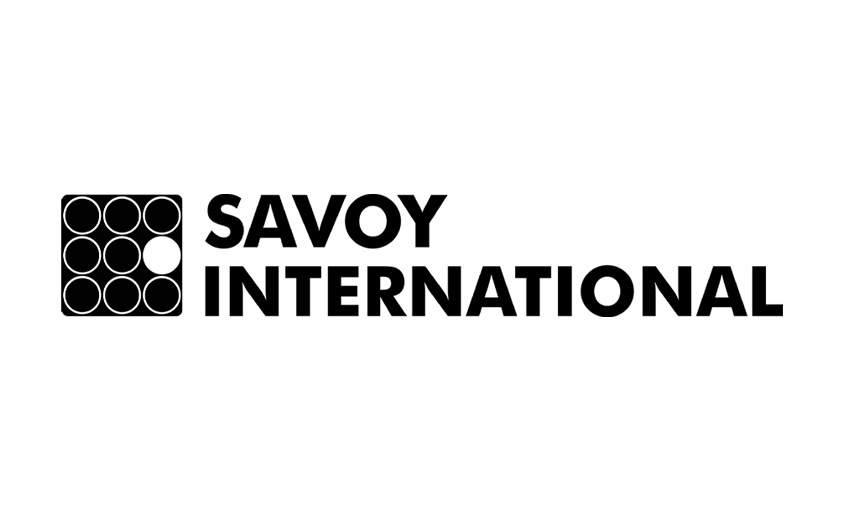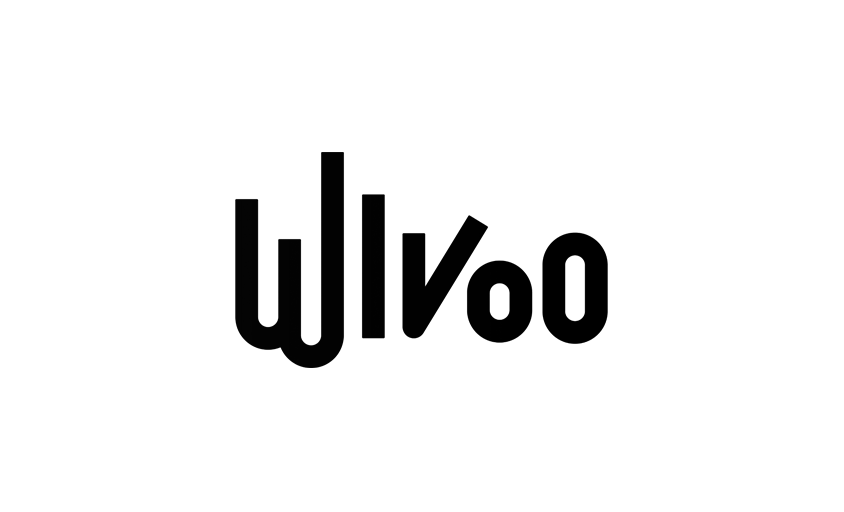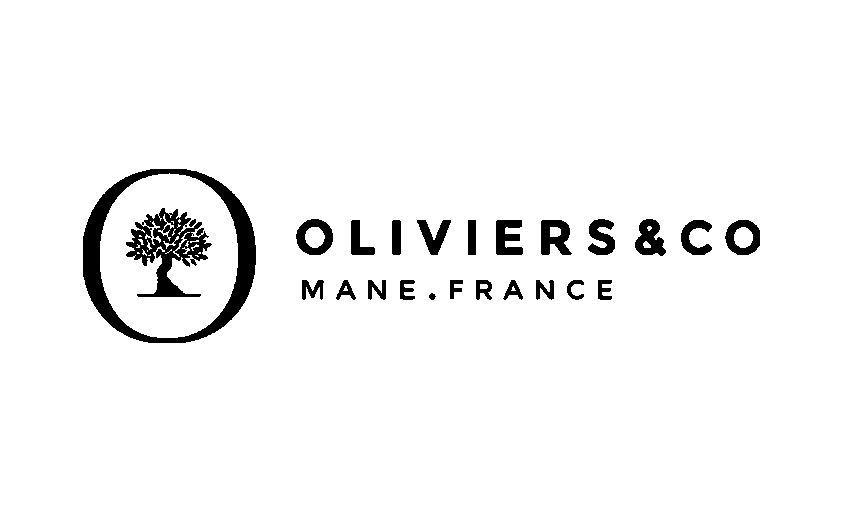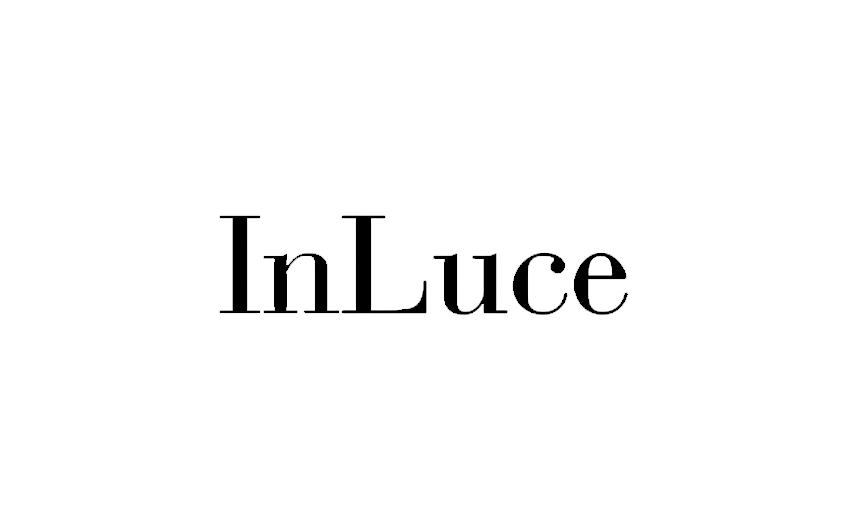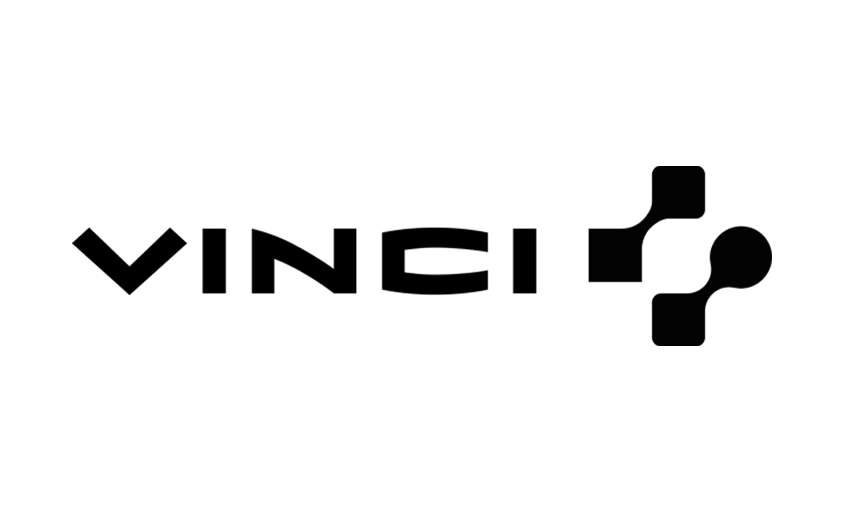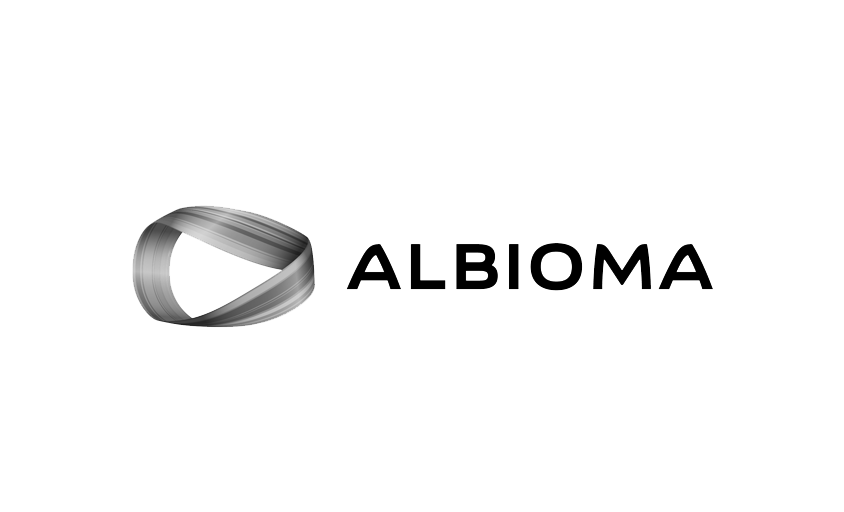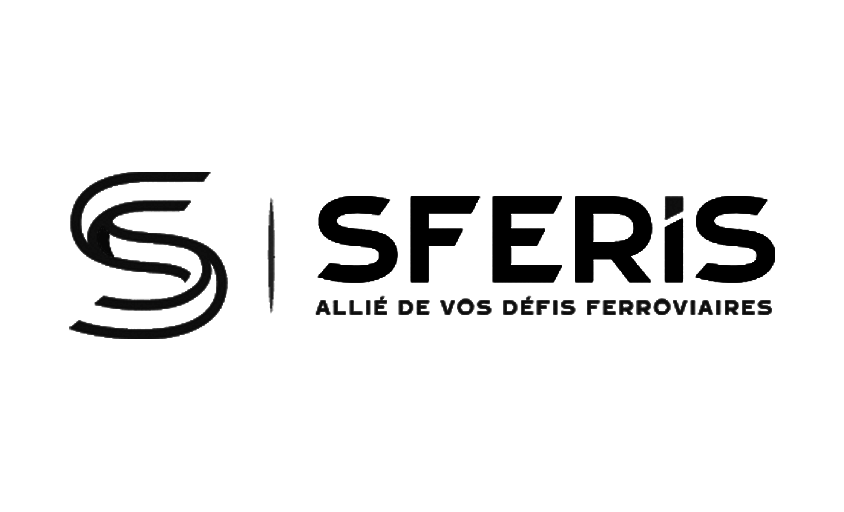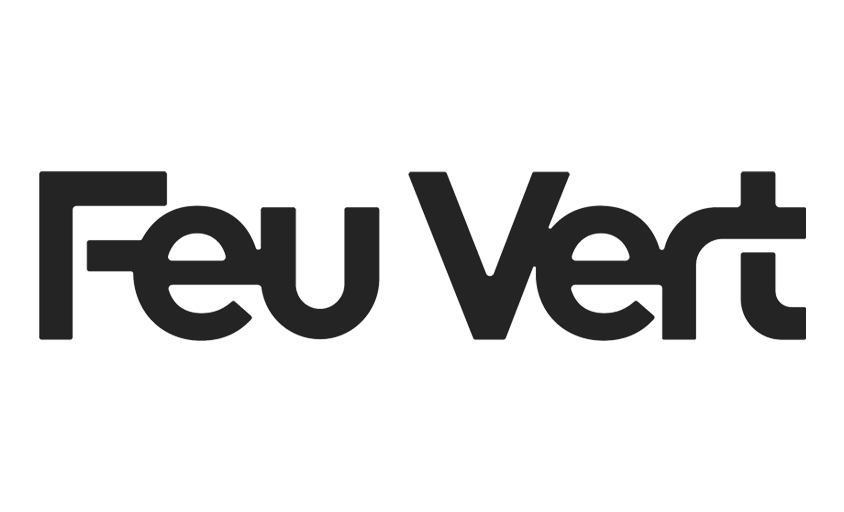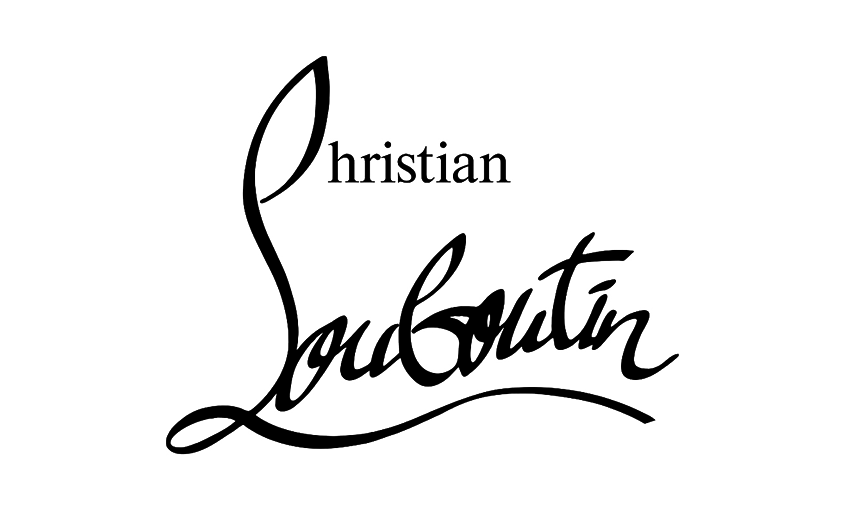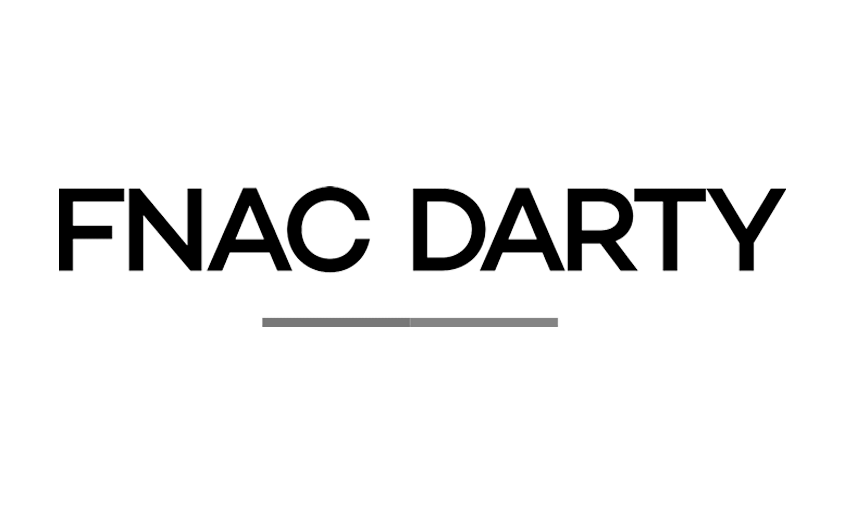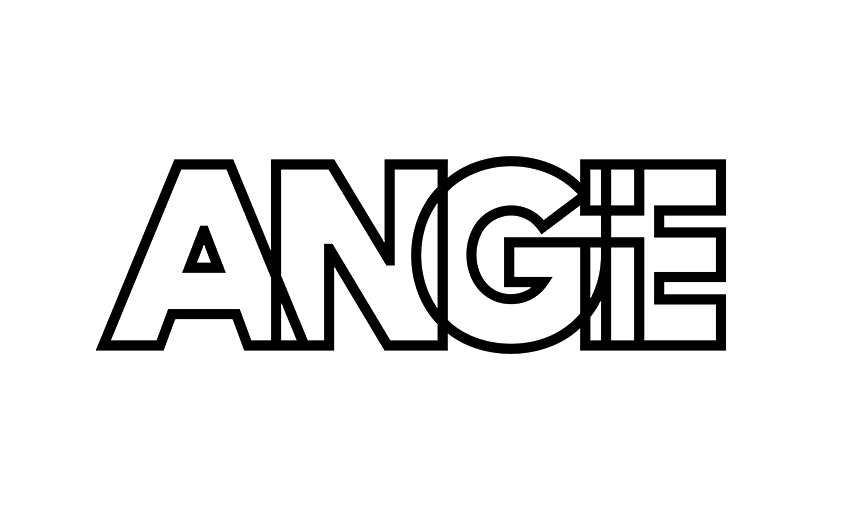The Legal Framework of Medical Photography
In this article :
Medical photography has become an essential tool in both medical and aesthetic practice. It allows professionals to document clinical cases, track treatment progress, and showcase their expertise. However, as soon as an image features a patient, it becomes sensitive personal data subject to strict legal regulations.
Between respecting image rights, protecting health data, and obtaining consent for publication, both photographers and healthcare professionals must proceed with caution. Understanding the applicable legislation ensures not only legal compliance but also trust and transparency with patients.
1. Medical Photography
Medical photographs are not just simple images, they fall under medical confidentiality. The Civil Code and the Penal Code clearly regulate their use, storage, and distribution.
Article 9 of the Civil Code establishes a fundamental principle:
“Everyone has the right to respect for their private life.”
This includes image rights, that is, every person’s right to control the reproduction and distribution of their face or any part of their body.
Therefore, any identifiable photograph of a patient requires explicit authorization.
The Penal Code (Article 226-1) reinforces this principle by imposing penalties of up to one year of imprisonment and a €45,000 fine for violations of privacy through the capture, recording, or dissemination of images without consent.
At the same time, the Public Health Code protects the confidentiality of medical data. Photographs taken in a clinical setting are considered part of the patient’s medical record and must be stored and used according to professional confidentiality standards.
2. Patient Consent
No medical photograph can be taken or used without the patient’s prior and informed consent. This principle applies both at the time of capture and for any subsequent use, whether for scientific communication, training, or promotional purposes.
There are two types of consent:
- Implicit consent, which applies when the photo is included in the medical record solely for treatment monitoring or internal diagnostic purposes.
- Explicit consent, which is required as soon as the image leaves the medical context (publication, website, professional communication, conferences, etc.). It must be formalized in writing and signed by the patient (or their legal representatives in the case of a minor).
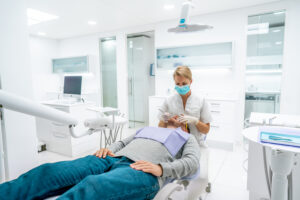
Before the photo session, the practitioner or photographer must clearly inform the patient of:
- The purpose of the photograph (monitoring, communication, publication)
- The platforms or media on which it may appear
- The patient’s right to withdraw consent at any time
This approach ensures complete transparency and protects both the patient and the professional.
3. Anonymity: A Pillar of Ethical Medical Photography
When a face or any distinctive feature (birthmark, scar, tattoo, jewelry) appears, the image becomes identifiable.
In such cases, it is essential to preserve the patient’s anonymity. This can be achieved by:
- Cropping the image to remove recognizable elements
- Blurring identifiable areas
- Using a neutral and uniform background
A fully anonymous photograph may, in certain contexts (scientific articles, case studies), be used without specific authorization.
However, from an ethical standpoint, it remains preferable to inform the patient even when complete anonymization is ensured. Trust is built on both legality and transparency.
4. Use and Distribution
The use of medical photography is no longer limited to patient records. Healthcare professionals now showcase their expertise through websites, social media, and professional publications. This shift requires a delicate balance between visibility and compliance with legal standards.
- In scientific communication: photos may illustrate a clinical case in an article or conference, provided that written consent from the patient has been obtained.
- In commercial or promotional communication: extra caution is required. Images published on a clinic’s website or social media are considered medical advertising and are regulated by the Public Health Code.
The photographs must be accurate, non-deceptive, and reflect the actual care provided. Any excessive staging or retouching may be considered misleading advertising. - Internally: medical photography remains an essential working tool (before/after comparisons, post-operative follow-up), but images must be stored on secure, GDPR-compliant servers.
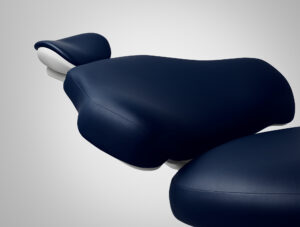
5. Shared Responsibilities: Practitioner, Photographer, and Patient
Legal compliance does not rest solely on the practitioner. A professional photographer working in a medical environment also has specific obligations.
They must:
- Ensure the confidentiality of files and secure storage (encrypted drives, secure transfer).
- Respect professional secrecy if present during medical procedures.
- Deliver the images only to the practitioner or the commissioning medical institution, never directly to the patient without authorization.
The photographer thus becomes a trusted partner, one who understands the legal and ethical stakes of the medical field and adapts their working methods accordingly.
6. GDPR and Medical Photography
Since the implementation of the General Data Protection Regulation (GDPR), medical photographs are considered personal health data.
This entails several obligations:
- Obtaining and keeping proof of consent
- Defining the retention period for the images
- Guaranteeing the patient’s right to be forgotten, meaning their data must be deleted upon request
- Securing file transfers and storage (HDS-certified hosting is recommended)
A dental office or aesthetic surgeon must therefore include medical photography in their internal GDPR policy, just like any other health record.
7. Conclusion
Medical photography, whether clinical, aesthetic, or documentary, relies on a subtle balance: scientific, artistic, and legal.
When properly managed, it enhances the practitioner’s expertise while respecting the patient’s dignity.
When poorly regulated, it can become a source of disputes or even criminal penalties.
Collaborating with a photographer specialized in the medical field ensures a partner who understands the legal stakes, respects confidentiality, and produces precise, faithful, and compliant images.
Rétines, visual partner for healthcare professionals
At Rétines, we support practitioners and healthcare institutions in creating compliant, aesthetic, and secure imagery.
Our photo shoots are carried out in strict adherence to legal standards and medical confidentiality, while highlighting the human and aesthetic aspects of each practice.
📸 Need a photographer specialized in medical or aesthetic imagery?
Contact our team for professional, precise, and legally compliant visuals.
Jérémy Carlo is the editorial director at Rétines, where he ensures the consistency and clarity of all content produced by the studio.
Our Clients
Let’s discuss
What we do for you at Rétines
Meticulous work, an organised project and fast delivery. And to achieve this, we mobilise the right resources in our teams at the right time.
01
Pre-production
Artistic and technical direction tailored to the project.
Relevant recommendations on content, form and resources.
02
Photo Shooting
Photos taken by our experienced photographers.
Production that’s controlled, efficient and tailored to the needs of the project, with nothing superfluous.
03
Retouching
Technique
Photographs magnified by our retouching team.
Post-production to meet the commercial challenges of the brief.

